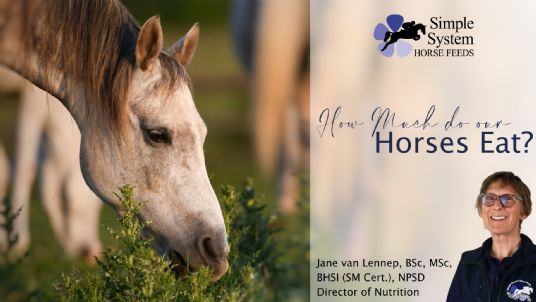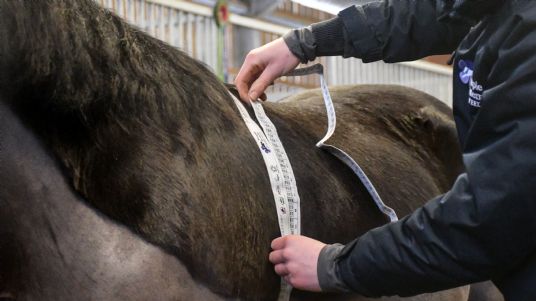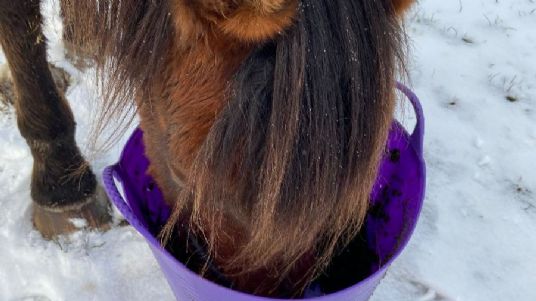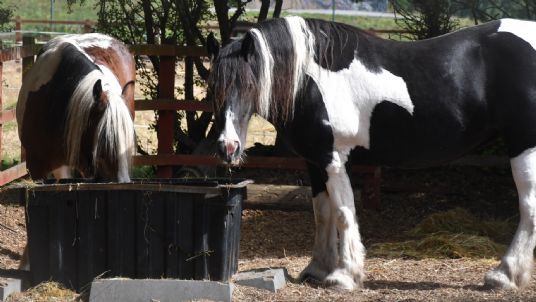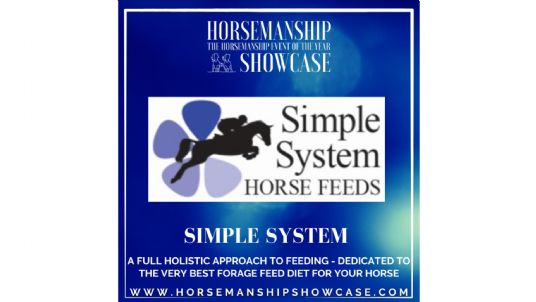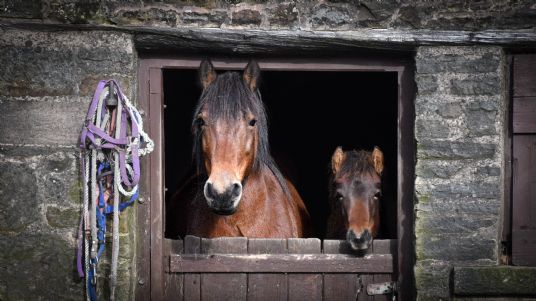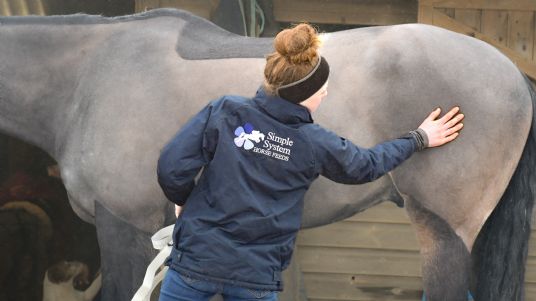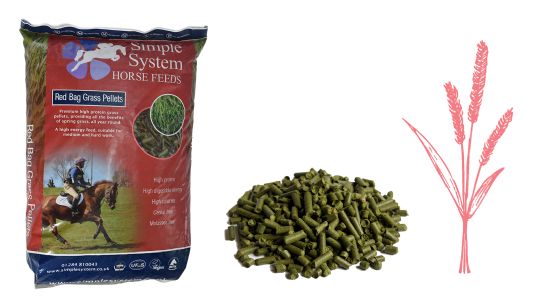What do horses eat?
So just how much do horses eat?... Well, we know they eat a lot! Ideally, they will eat for up to 16 hours a day, grazing on high fibre forage, walking slowly as they do so. This is fine if they have free range on the right sort of pasture but when it comes to us having to work out just how much is 'lots' it can be confusing.
Horses need plenty of fibre to keep their incredible guts working well. Fibre gives plants strength – it’s their skeleton. Not all fibre is the same. What our horses need is fibre from forage – edible green plants. Horses are not adapted to the fibre in cereal grains or straw for instance.
As horses evolved and became larger, a whole host of microorganisms evolved with them. They convert the right sort of fibre into fuel the horse can utilise. The wrong food can kill off good microbes and allow harmful ones to proliferate. So, basically, we are feeding a gut full of microbes and they in turn look after the horse.
Back to how much... A horse needs to eat 2.5% of its ideal body weight in dry matter of forage per day. This will keep the gut functioning well and the microbes happy. We go by ideal weight as this is a constant, as is the gut’s capacity that counts.
